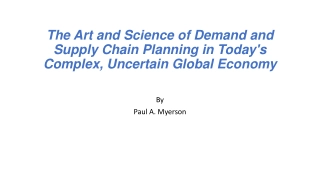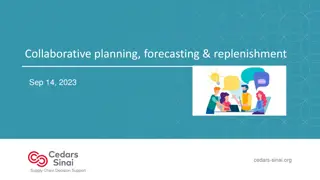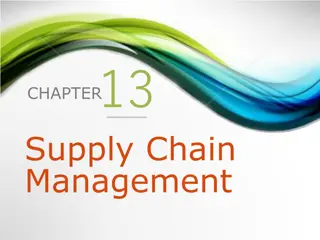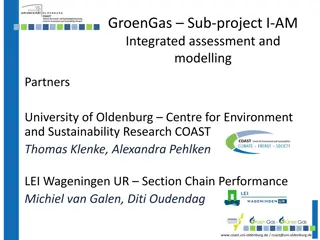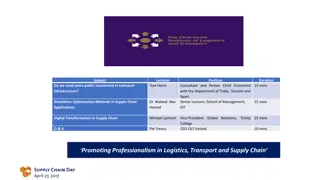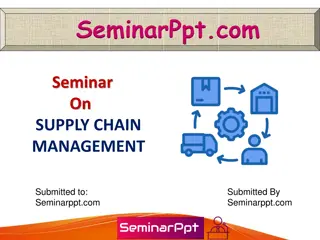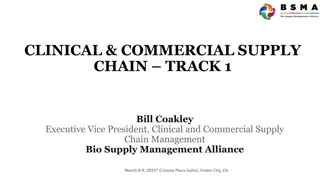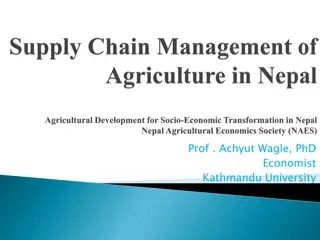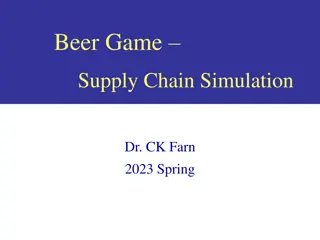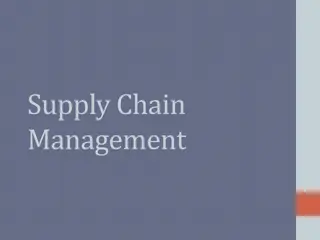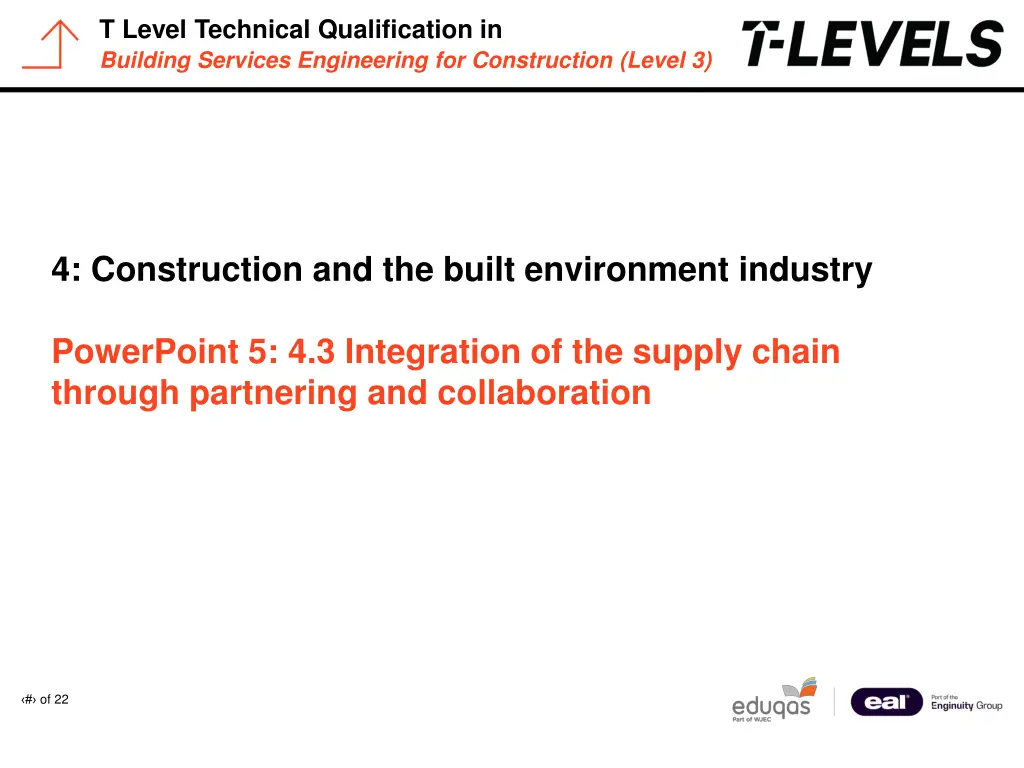
Key Partners in Construction Supply Chain
Explore the essential partners in a construction supply chain, including clients, architects, engineers, building contractors, sub-contractors, operatives, manufacturers, and suppliers. Understand how collaboration among these key partners results in cost savings, value delivery, efficient resource utilization, waste reduction, improved standards, and enhanced reputation in the construction industry.
Download Presentation

Please find below an Image/Link to download the presentation.
The content on the website is provided AS IS for your information and personal use only. It may not be sold, licensed, or shared on other websites without obtaining consent from the author. If you encounter any issues during the download, it is possible that the publisher has removed the file from their server.
You are allowed to download the files provided on this website for personal or commercial use, subject to the condition that they are used lawfully. All files are the property of their respective owners.
The content on the website is provided AS IS for your information and personal use only. It may not be sold, licensed, or shared on other websites without obtaining consent from the author.
E N D
Presentation Transcript
T Level Technical Qualification in Building Services Engineering for Construction (Level 3) 4: Construction and the built environment industry PowerPoint 5: 4.3 Integration of the supply chain through partnering and collaboration # of 22
T Level Technical Qualification in Building Services Engineering for Construction (Level 3) Defining the supply chain The term supply chain describes the link between companies that provide materials and services to construct a finished building for a client. In an integrated supply chain, the parties involved have a long-term objective to work together to deliver benefits and value to the client. In this session, we will identify the key partners in the chain and consider how they plan a project in collaboration, to complete the work efficiently and on time. # of 22
T Level Technical Qualification in Building Services Engineering for Construction (Level 3) Key partners in the supply chain Client: Commissions the work, defines the brief, and carries the cost. Architect: Refines the concept in line with the client brief. Oversees production of drawings and specifications. Engineers. Provide expert design evaluations and advice. May work in managerial or consultancy roles depending on the nature of the project. Engineers can have different titles, eg structural engineer, electrical engineer, civil engineer, etc. The client may not be a construction professional but can be viewed as being at the head of the supply chain. Professional roles such as an architect or engineer will usually study and train for many years to fully understand methods of efficient planning, scheduling and the stages of design. # of 22
T Level Technical Qualification in Building Services Engineering for Construction (Level 3) Key partners in the supply chain (continued) Building contractor: Brings the concept to reality. Organises supply and delivery of materials and components to site. Manages labour requirements. Sub-contractors: Provide specialist skills and installations. They could work on a labour only basis or on a supply and fix basis. For example, bricklaying sub-contractors would usually be employed for their skills only, whereas electrical sub-contactors may offer skills and supply materials. Operatives: Support of site organisation and operation. Operatives may take an unskilled role such as caring for cleaning duties on site, a semi-skilled role such as mixing mortar for bricklayers or a skilled role such as operating excavation or mechanical handling machinery. # of 22
T Level Technical Qualification in Building Services Engineering for Construction (Level 3) Key partners in the supply chain (continued) Manufacturers: Production of materials and components. Suppliers: Delivery of materials and equipment. The integration of the supply chain involving the key partners working in collaboration brings a number of benefits. Project cost savings. Better value delivered to the client. Efficient use of resources. Incentive to reduce or remove process waste. Improved standards of work. Enhanced reputation. Increased confidence in forward planning. Learning from each project Likely completion to budget and on time. # of 22
T Level Technical Qualification in Building Services Engineering for Construction (Level 3) Effective planning and scheduling Efficiency and cost-effectiveness are achieved by careful inventory management . This means carefully managing and monitoring the ordering, storing and use of materials on site. Integration of the activities of the key partners is vital to successful inventory management and can be achieved in the following ways. Use of compatible software systems: Use of Building Information Modelling (BIM). Commonality of line management. Agreed roles and responsibilities: Commonality of management hierarchy. Change management processes: Changes to processes, job roles, organisational structures and types and uses of technology. # of 22
T Level Technical Qualification in Building Services Engineering for Construction (Level 3) Consequences of poor planning and communication If a project lacks communication and collaboration between partners in the supply chain, there are more likely to be negative consequences. These can include: Disruption to the work programme: Poorly planned procurement can lead to material and component shortages at critical points in the programme. Skilled labour requirements may not be met when required. Reactive management rather than proactive and pre- planned can lead to errors. Increased costs: When the appropriate sequence of work is not planned for, time critical activities on site may overrun impacting the work activities of follow-on trades. Progress is slowed, additional cost incurred and possibly, penalty clauses triggered. Damaged reputation: Projects that are poorly planned and uncoordinated are more likely to miss completion deadlines and budget limits. An obvious lack of supply chain integration is unlikely to attract future clients. # of 22
T Level Technical Qualification in Building Services Engineering for Construction (Level 3) Any questions? # of 22

